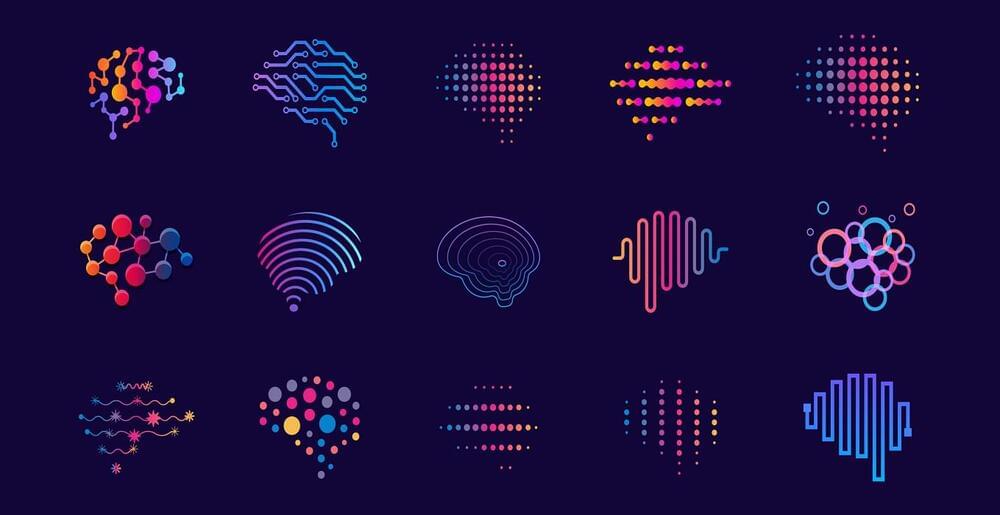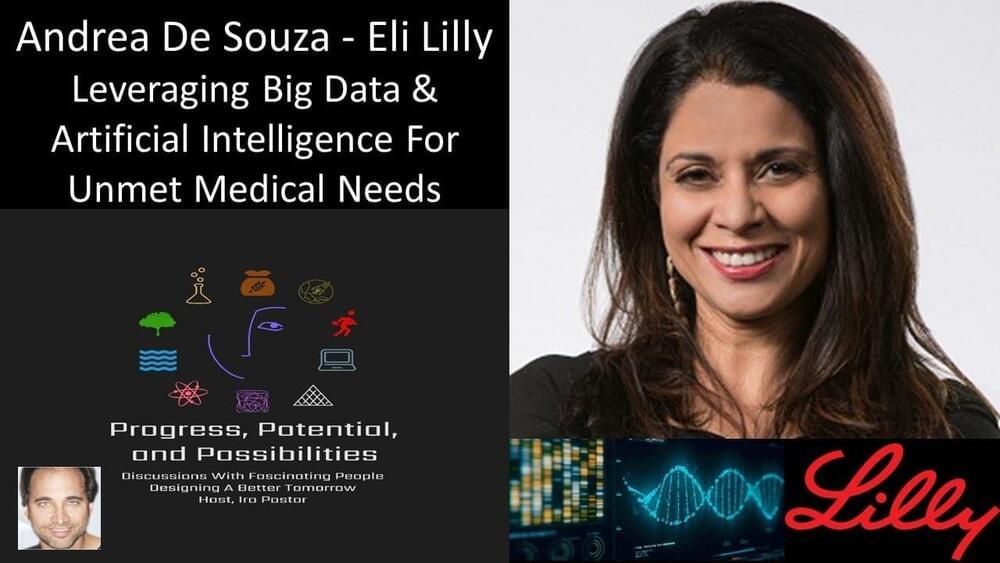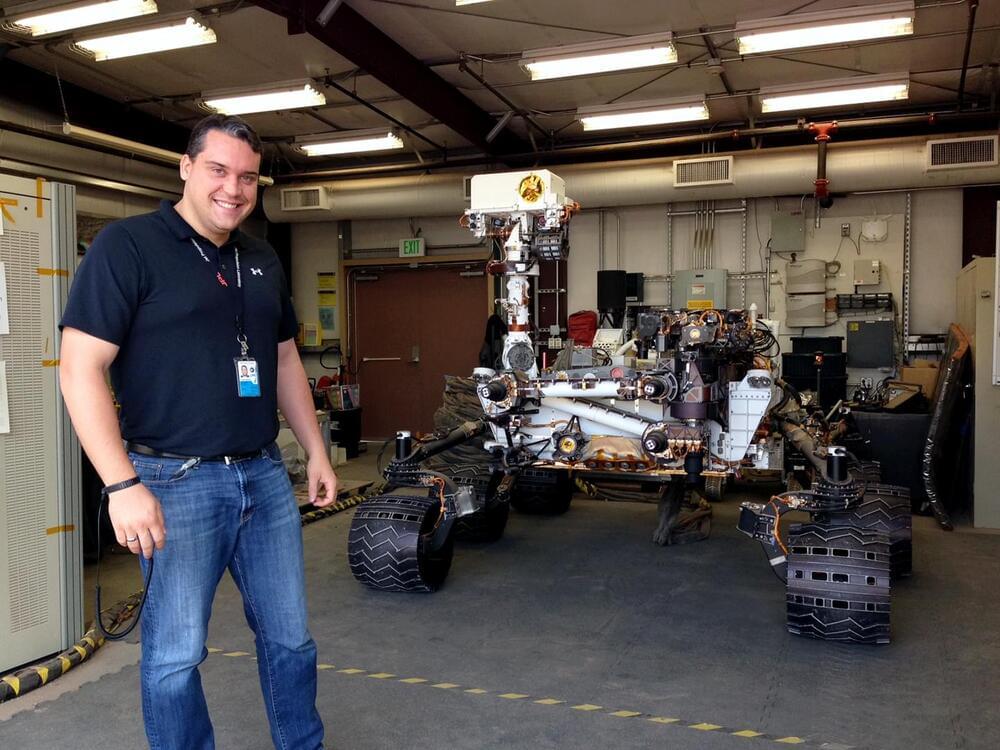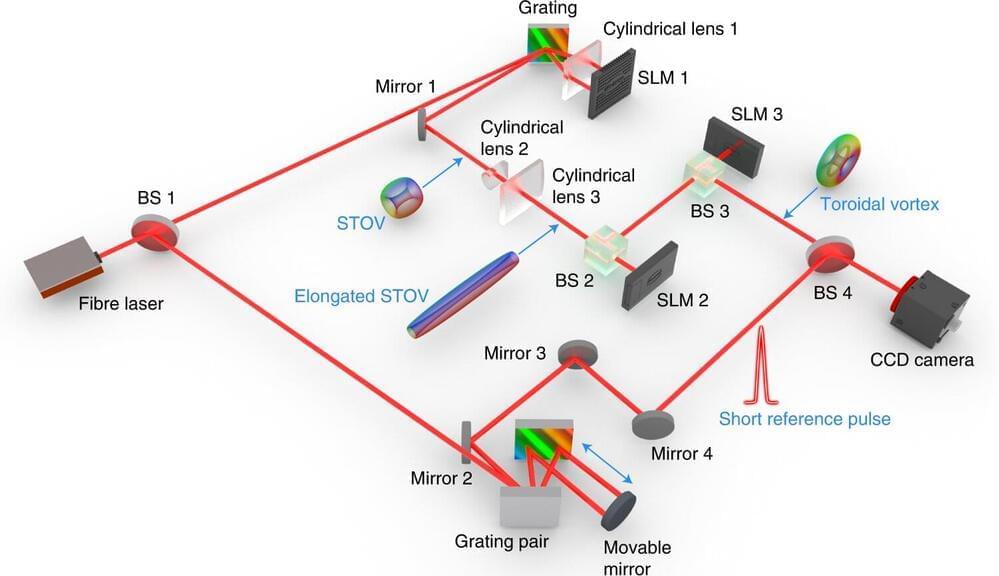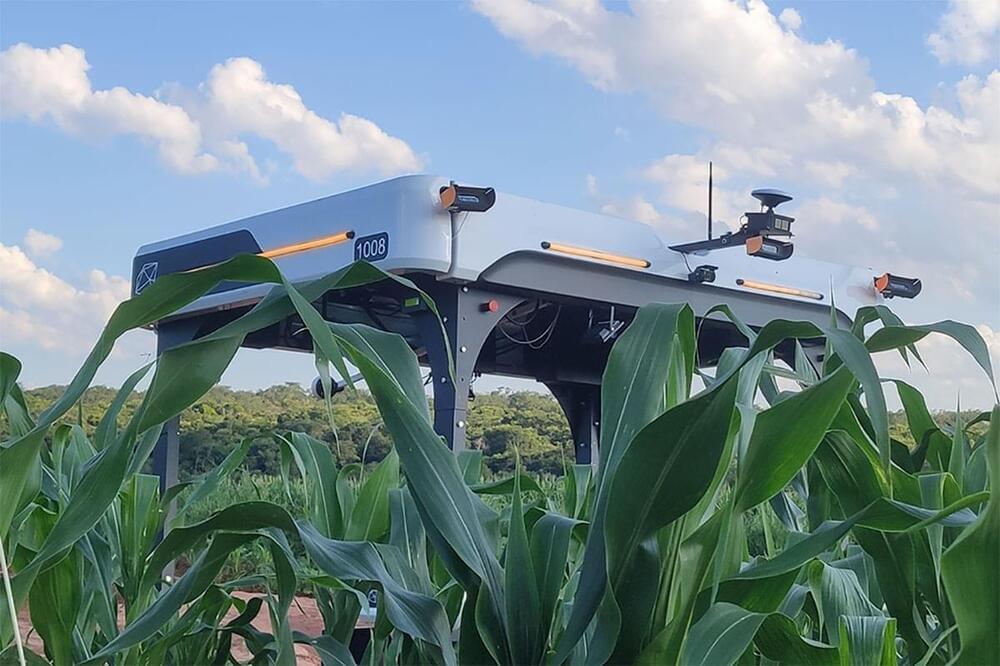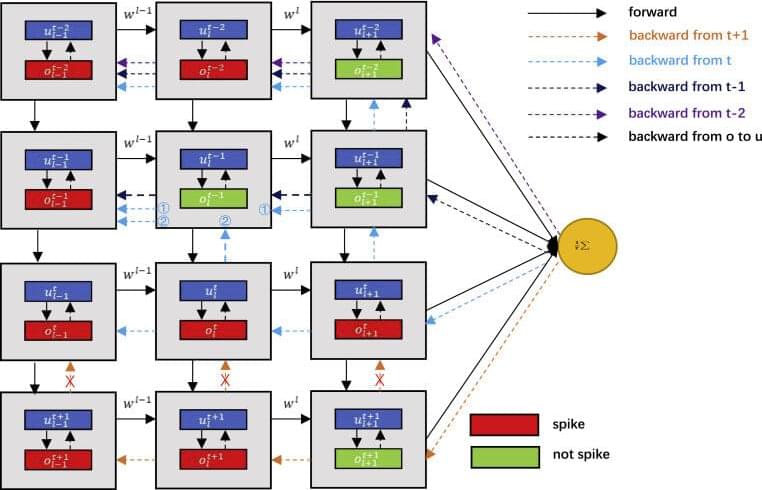Jun 12, 2022
Ben Goertzel — Open Ended vs Closed Minded Conceptions of Superintelligence
Posted by Dan Kummer in categories: information science, robotics/AI, singularity
Abstract: Superintelligence, the next phase beyond today’s narrow AI and tomorrow’s AGI, almost intrinsically evades our attempts at detailed comprehension. Yet very different perspectives on superintelligence exist today and have concrete influence on thinking about matters ranging from AGI architectures to technology regulation.
One paradigm considers superintelligences as resembling modern deep reinforcement learning systems, obsessively concerned with optimizing particular goal functions. Another considers superintelligences as open-ended, complex evolving systems, ongoingly balancing drives.
toward individuation and radical self-transcendence in a paraconsistent way. In this talk I will argue that the open-ended conception of superintelligence is both more desirable and more realistic, and will discuss how concrete work being done today on projects like OpenCog Hyperon, SingularityNET and Hypercycle potentially paves the way for a path through beneficial decentralized integrative AGI and on to open-ended superintelligence and ultimately the Singularity.
Bio: In May 2007, Goertzel spoke at a Google tech talk about his approach to creating artificial general intelligence. He defines intelligence as the ability to detect patterns in the world and in the agent itself, measurable in terms of emergent behavior of “achieving complex goals in complex environments”. A “baby-like” artificial intelligence is initialized, then trained as an agent in a simulated or virtual world such as Second Life to produce a more powerful intelligence. Knowledge is represented in a network whose nodes and links carry probabilistic truth values as well as “attention values”, with the attention values resembling the weights in a neural network. Several algorithms operate on this network, the central one being a combination of a probabilistic inference engine and a custom version of evolutionary programming.
Continue reading “Ben Goertzel — Open Ended vs Closed Minded Conceptions of Superintelligence” »

